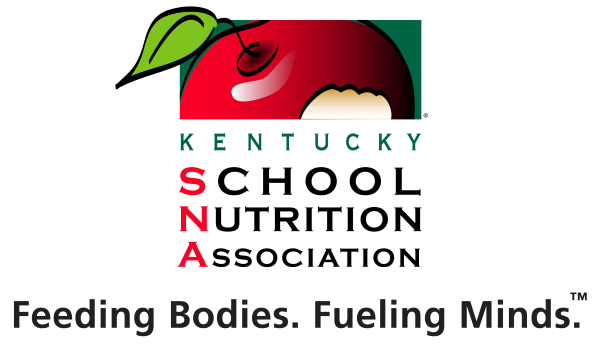Our MissionThe mission of KSNA is to empower its members by providing advocacy and professional development to advance school nutrition programs in Kentucky.Our Vision StatementKSNA will be a readily available resource and advocate for school nutrition programsOur Core Values
Join TodayMore Than Just LunchOne in five, or 15 million, children in America live in households without consistent access to adequate food availability. School meals provide a critical safety net for children who face this challenge. Scientific research links school meals and healthy diets to academic success which had led to the expansion of breakfast programs, summer feeding programs, and after-school meal programs. |

